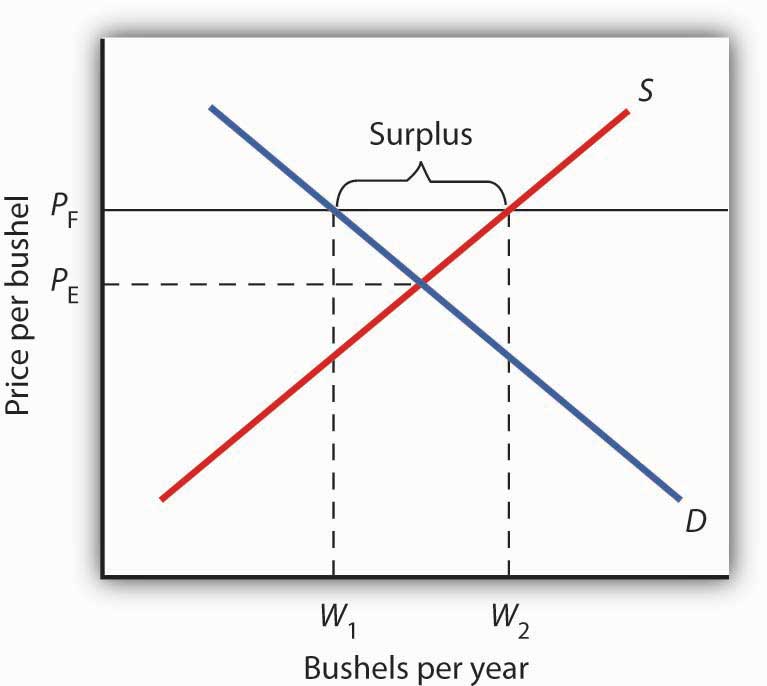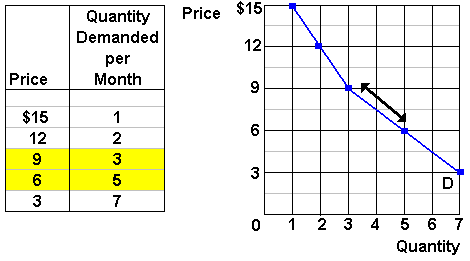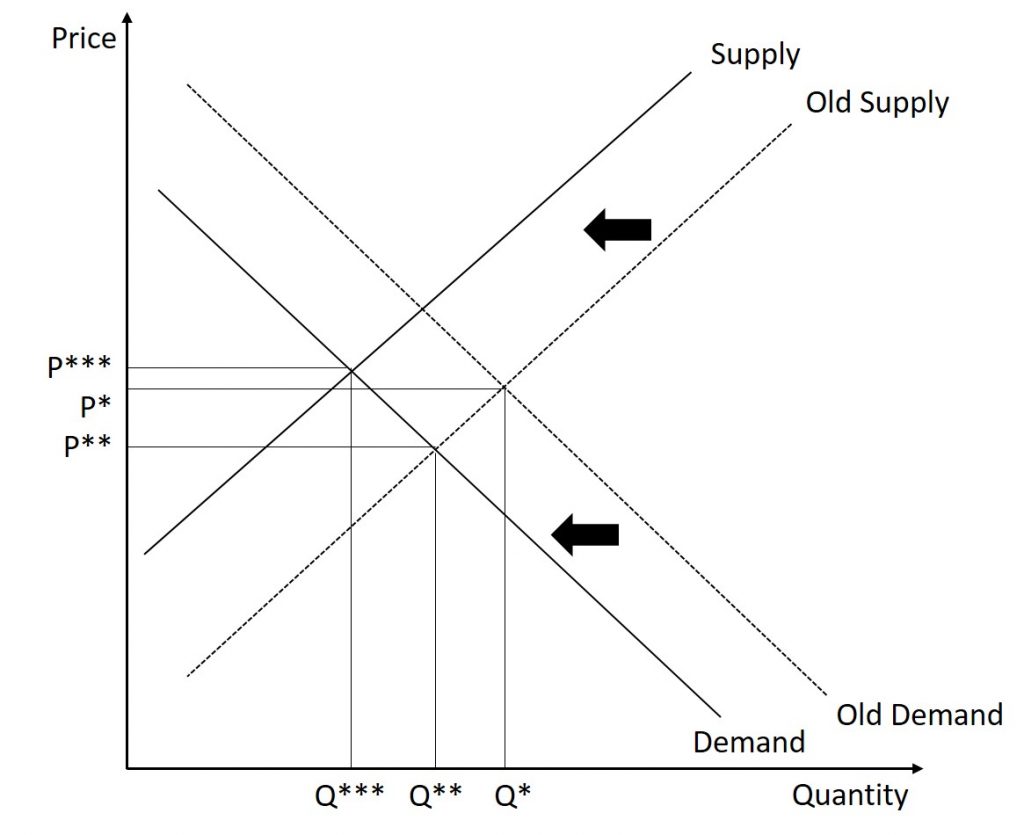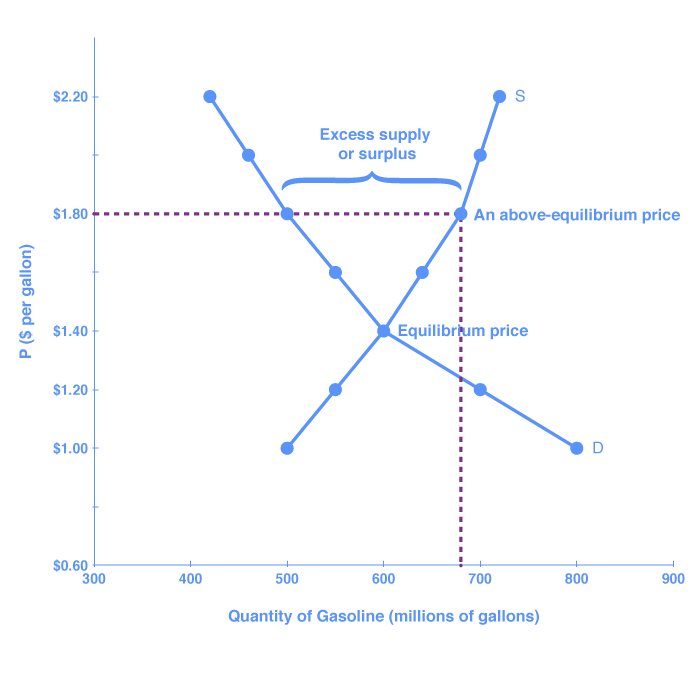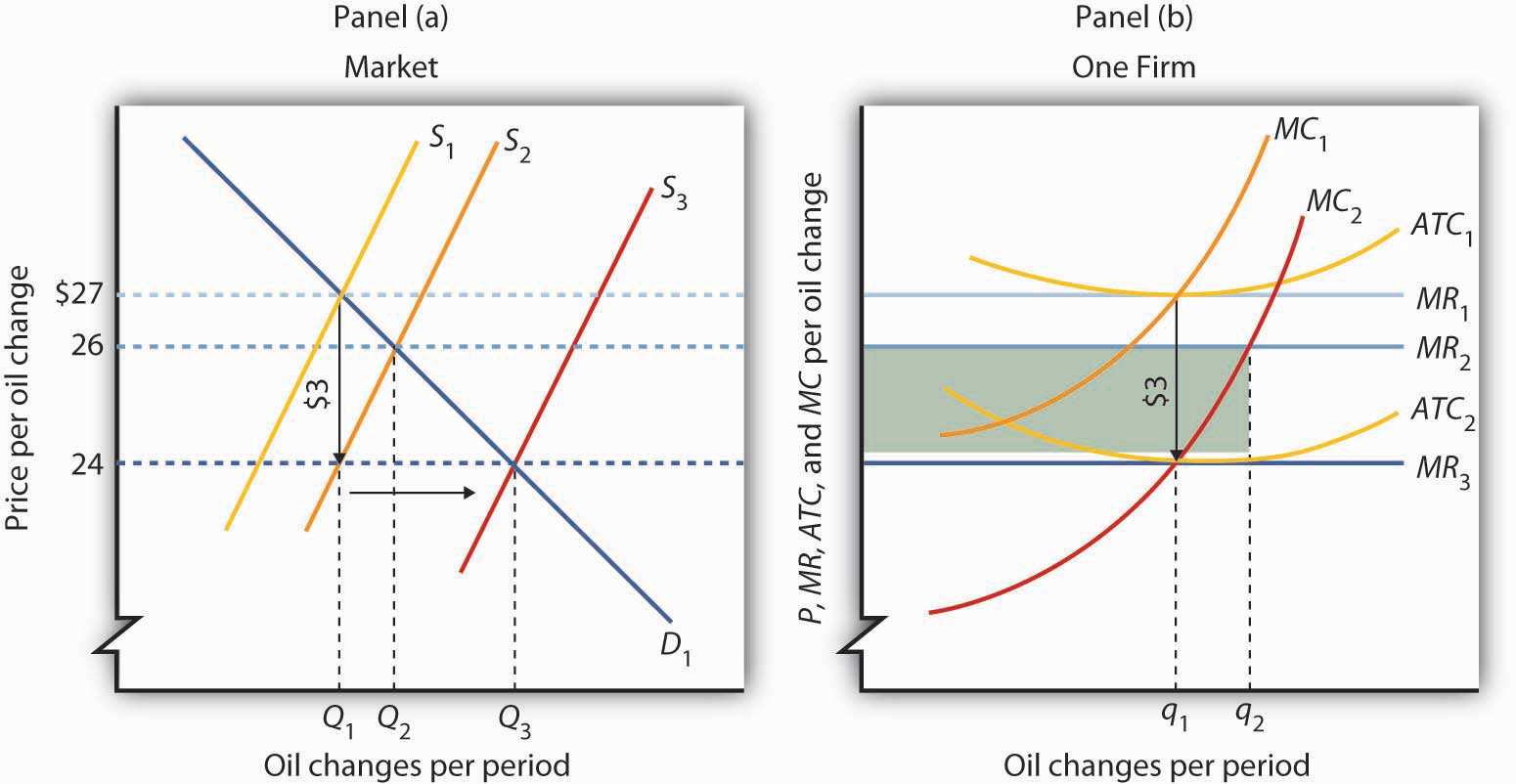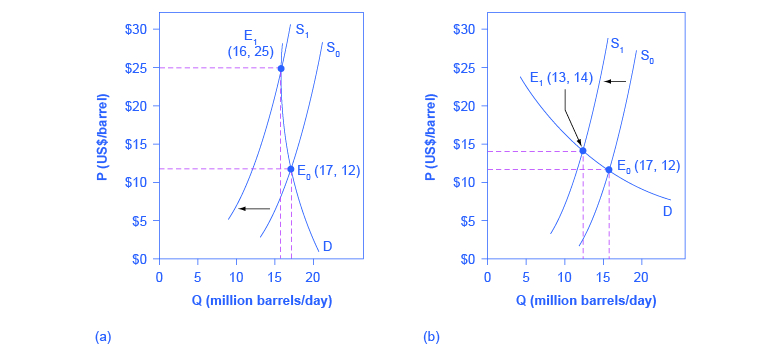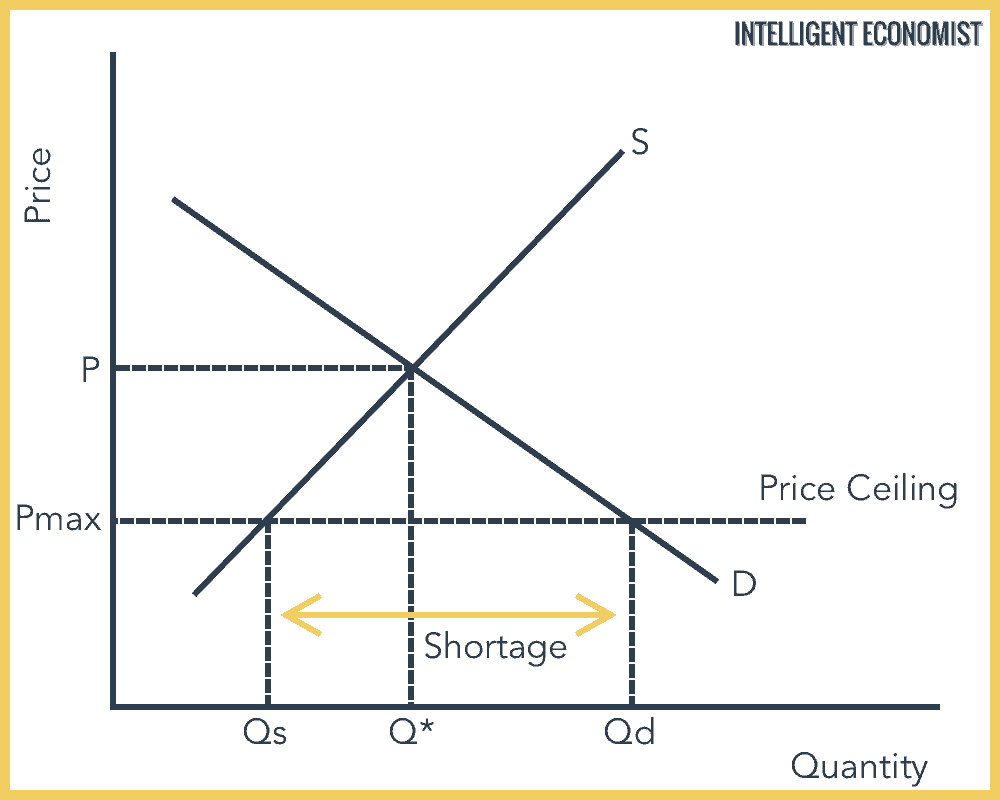Decrease In Demand Price Floor Change

How price controls reallocate surplus.
Decrease in demand price floor change. Demand curves are used to estimate behaviors in competitive markets and are often used with supply curves to estimate the market equilibrium price or the price at which sellers are willing to sell the same amount of a product as the market s buyers are willing purchase. There exist some determinants other than the price of the commodity which affects the quantity of demand like the income of consumers the taste of consumers preference of consumers population technology etc. Tax incidence and. Taxation and deadweight loss.
Minimum wage and price floors. Decrease in demand both prices and quantities decrease. O other goods change in price demand a decrease in the demand for another good supplied by a firm would cause the firm to shift its resources and increase the supply of remaining goods s subsidies change change in subsidies or taxes. And 3 the equilibrium quantity q of x.
Taxes and perfectly elastic demand. If the price is not permitted to rise the quantity supplied remains at 15 000. Price ceilings and price floors. A price floor would be established in cases where the government believed the market equilibrium price would.
The original intersection of demand and supply occurs at e 0 if demand shifts from d 0 to d 1 the new equilibrium would be at e 1 unless a price ceiling prevents the price from rising. Can the laws of demand and supply be repealed. Demand is the willingness and ability of a consumer to purchase a good under certain circumstances. In contrast consumers demand for the commodity will decrease and supply surplus is generated.
Percentage tax on hamburgers. This is the currently selected item. In the following question you are asked to determine other things equal the effects of a given change in a determinant of demand or supply for product x upon 1 the demand d for or supply s of x. Taxes and perfectly inelastic demand.
But if price floor is set above market equilibrium price immediate supply surplus can be observed. 1 a change in demand 2. 2 the equilibrium price p of x. When price increases by 20 and demand decreases by only 1 demand is said to be inelastic.
The change means an increase or decrease in the volume of demand and supply from its equilibrium. Governments put in place price floors in markets with inelastic demand inelastic demand inelastic demand is when the buyer s demand does not change as much as the price changes. 4 25 b the supply curve has been assumed to be perfectly elastic. A change in supply.
Subsidies will increase supply b c part of cost to make will be reimbursed think farmers growing corn taxes will decrease supply b c it is more expensive. Key takeaways key points. If demand increases demand curve will shift to d 1 d 1 and the new equilibrium price will rise to op 1 and quantity demanded and supplied will increase to oq 1 similarly when demand curve shifts downward to d 2 d 2 price and quantity decline to op 2 and oq 2 respectively. If price floor is less than market equilibrium price then it has no impact on the economy.
Due to the effects of these determinants demand or supply of a product changes and.
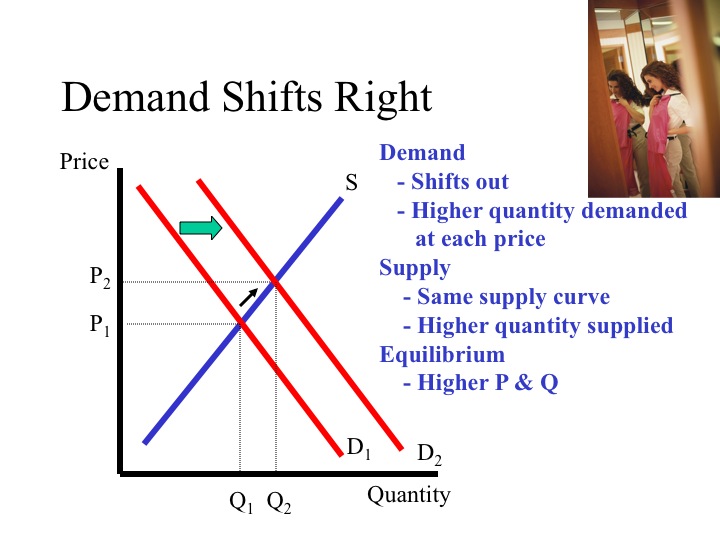





/QuantitySupplied2-98c4fd9fe04e4ec78318d9dd87f2c93e.png)


